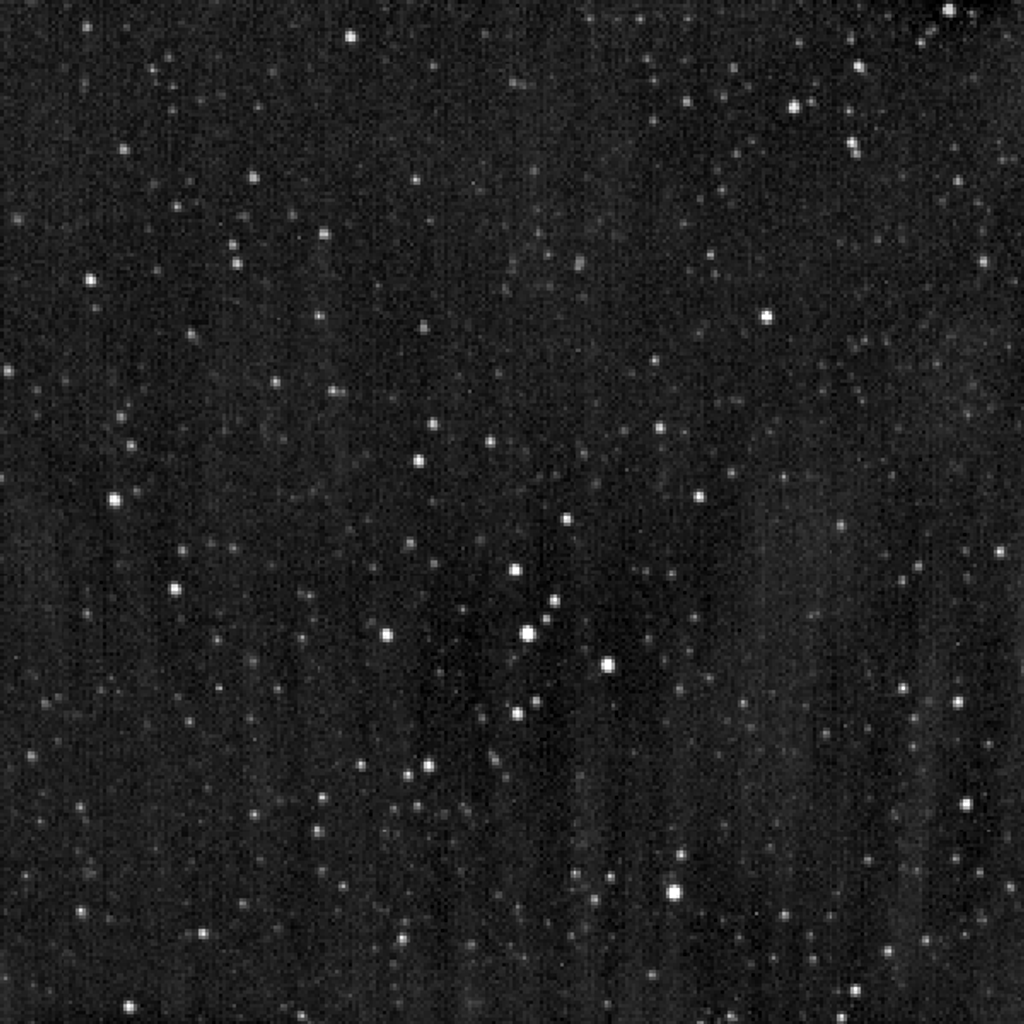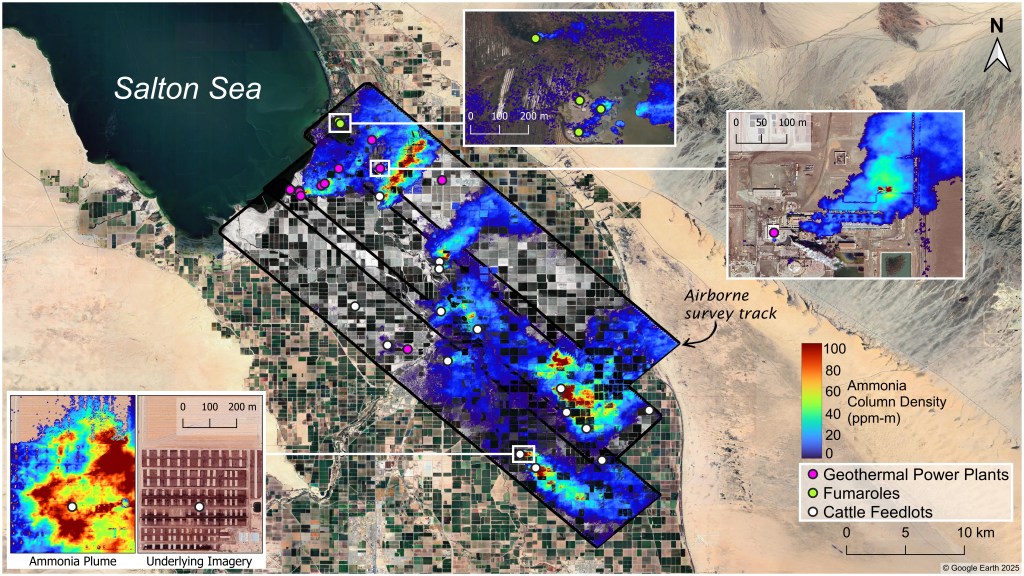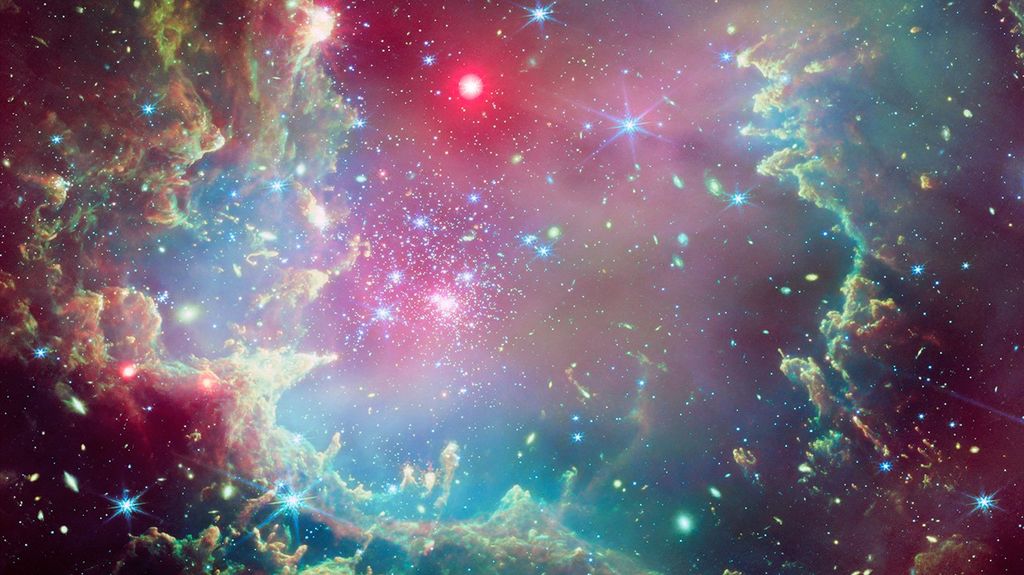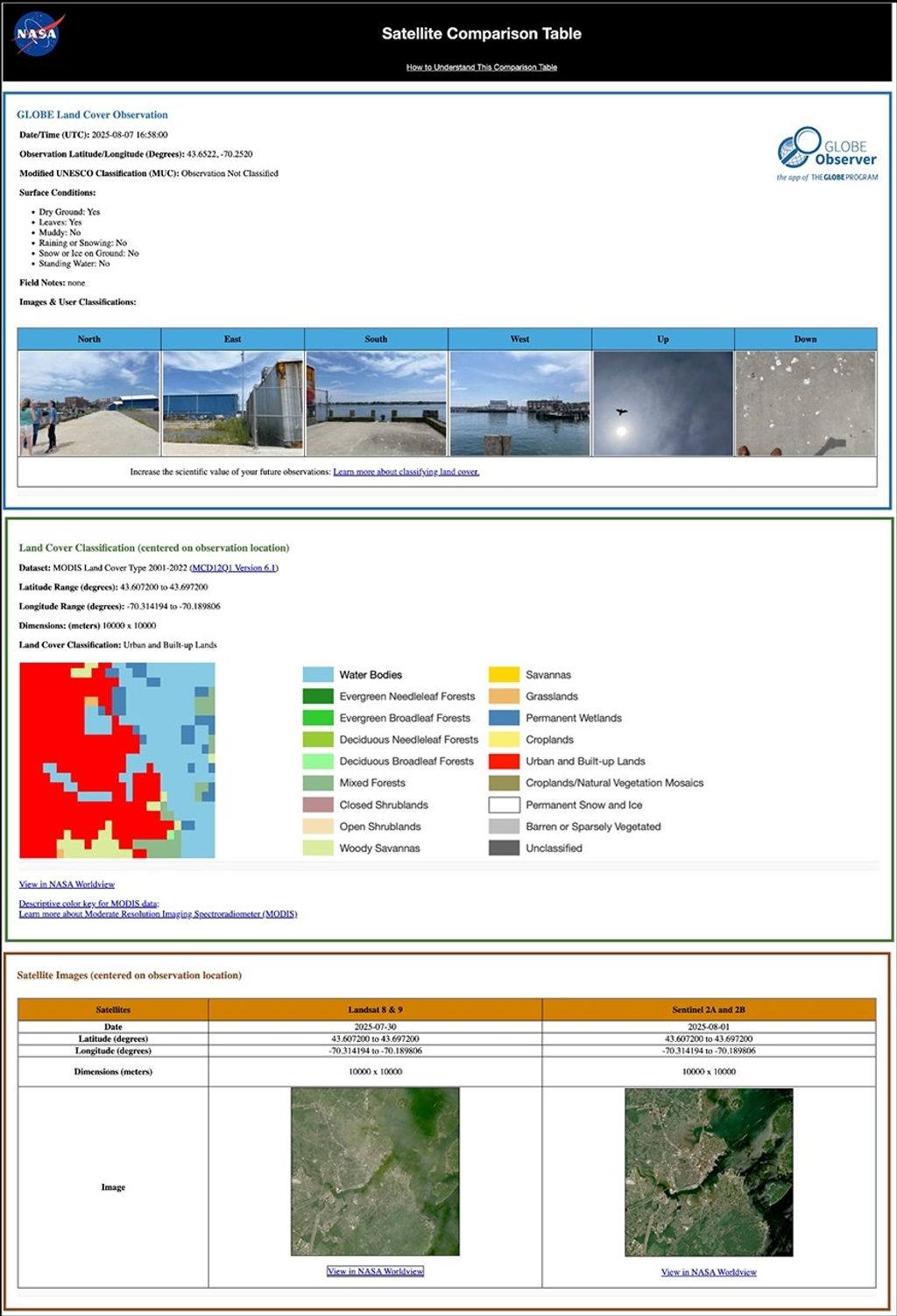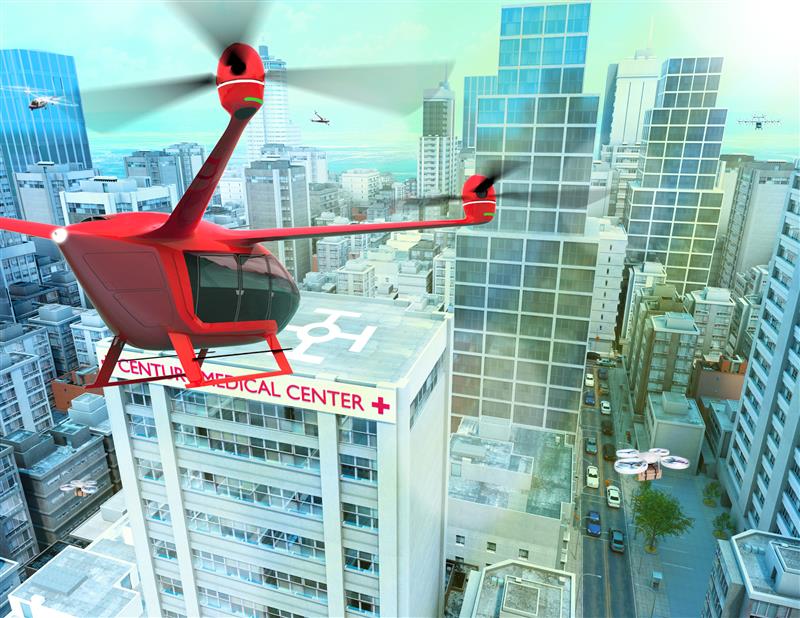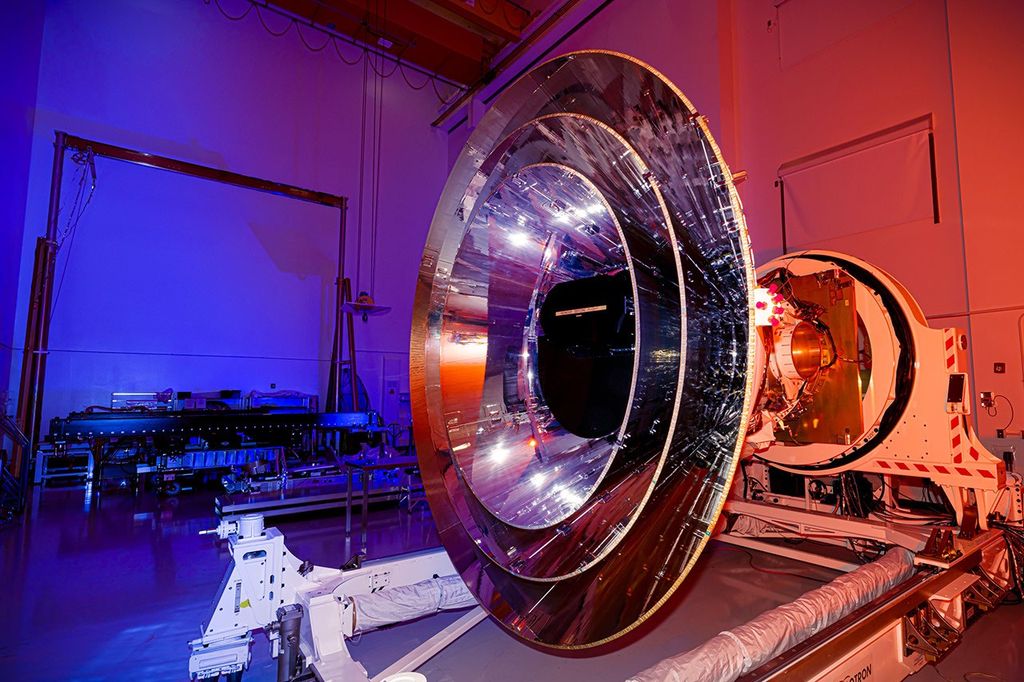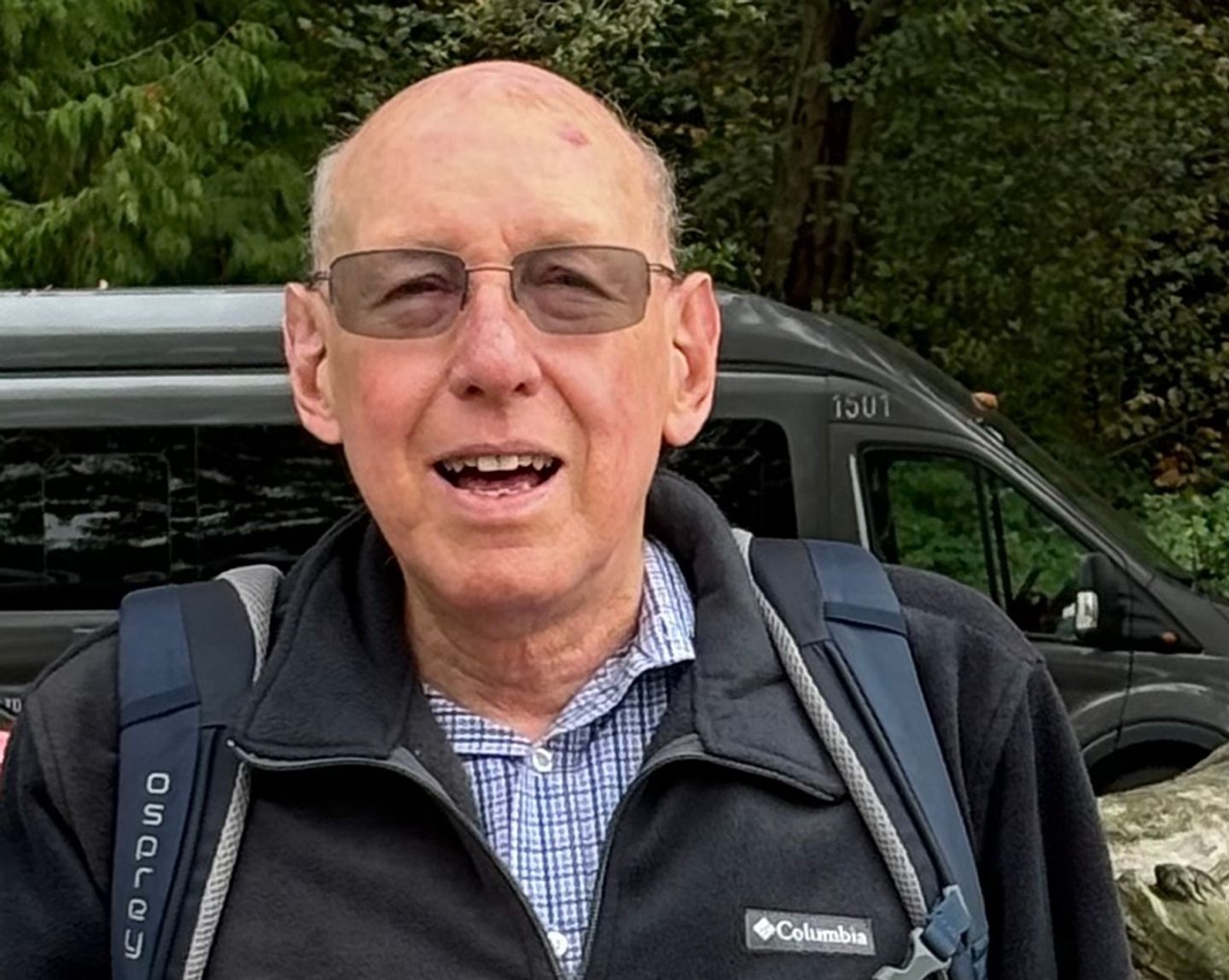Dr. Stanley Sander dedicated more than five decades to atmospheric science at the Jet Propulsion Laboratory, beginning his JPL career as a graduate research assistant in 1971. A leading figure in atmospheric chemistry, Stan made foundational contributions to our understanding of stratospheric ozone depletion, tropospheric air pollution, and climate science related to greenhouse gases.
His pioneering work in laboratory measurements—particularly of reaction rate constants, spectroscopy, and photochemistry—was designed to forge consensus among often disparate measurements. His steadfast application of the scientific method was essential for furthering scientific research, as well as for providing sound advice for use in air quality management and environmental policies. His expertise extended beyond Earth’s atmosphere, with studies of methane chemistry on Mars, halogens on Venus, and hydrocarbons in Titan’s atmosphere.
Stan’s scientific output was vast. He authored over 180 peer-reviewed publications, beginning with his 1976 paper on sulfur dioxide oxidation. His work spans major aspects of atmospheric chemistry—from chlorine, bromine, and nitrogen oxides to sulfur compounds and peroxides. The rate constants, cross-sections, and photochemical data produced in his lab form the cornerstone of atmospheric modeling crucial to the scientific foundation of the Montreal Protocol on Substances that Deplete the Ozone Layer. He played a central role in the widely used JPL Chemical Kinetics and Photochemical Data for Use in Atmospheric Studies reports, which have collectively garnered over 10,000 citations. His spectroscopic research, which included development of novel spectrometers and polarimeters, resulted in insightful data from sites at JPL, the Table Mountain Facility as well as the California Laboratory for Remote sensing (CLARS). These activities have contributed significantly to the calibration and validation of satellite missions like TES, OCO, OMI, and SAGE, helped advance remote sensing technologies, and informed local air quality metrics.
Stan was not only a brilliant scientist but a deeply respected mentor and leader. He guided 40 postdocs at JPL, 14 graduate students at Caltech, and 14 undergraduate researchers. At JPL, he held key leadership roles including Supervisor of the Laboratory Studies and Modeling Group, Chief Engineer and Acting Chief Technologist in the Science Division, and Senior Research Scientist. Those of us lucky enough to be fostered by Stan in this capacity will always remember his kindness first approach and steadfast resolve in the face of challenges.
Stan’s contributions were recognized with numerous honors, including two NASA Exceptional Achievement Medals, a NASA Exceptional Service Medal, and elected as a fellow for both the American Geophysical Union (2021) and the American Association for the Advancement of Science (2024). Although the announcement of his AAAS Fellowship came posthumously, he was informed of this honor before his passing.
Stan was a rare combination of scientific brilliance, humility, and kindness. He was not only a leader in his field, but also a generous collaborator and cherished mentor. His loss is profoundly felt by the scientific community and by all who had the privilege of working with him. His legacy, however, will endure in those he mentored and the substantial contributions he made to scientific knowledge.
Carl Percival
NASA JPL, Senior Research Scientist






